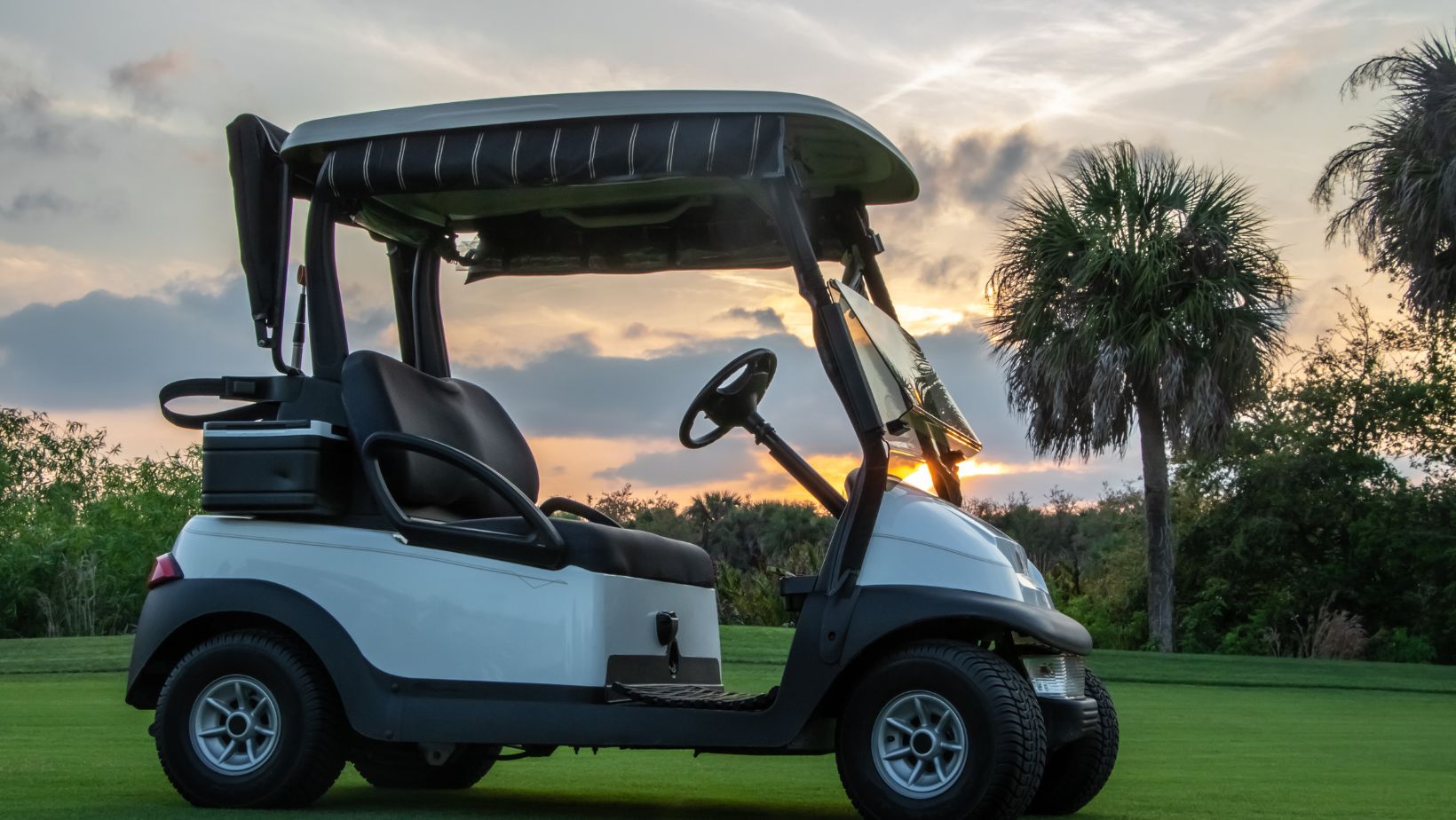Golf carts aren’t just for golf courses anymore—across Pennsylvania, they’re increasingly used in residential neighborhoods, retirement communities, and even on some local roads for short-distance transportation. This growing popularity creates confusion about where these vehicles can legally operate and what rules apply to their use.
But regulations for where you can drive golf carts in PA aren’t always clear, varying significantly between municipalities and creating potential legal problems for users who assume uniform statewide rules. Drivers who think golf carts follow the same rules as regular cars may face fines, liability issues, or accidents when operating in prohibited areas.
Pennsylvania’s approach to golf cart regulation gives local municipalities significant control over where these vehicles can operate within their boundaries. Understanding both state and local rules helps golf cart owners avoid tickets while ensuring safe operation in appropriate locations.
Where Golf Carts Are Allowed in Pennsylvania
Residential communities with posted speed limits under 25 mph often permit golf cart operation on local streets, particularly in planned developments and retirement communities designed to accommodate these vehicles. These low-speed environments provide safer conditions for golf carts that lack the protection and performance of regular motor vehicles.
Private property usage requires only the owner’s permission and doesn’t involve public road regulations, making this the safest and most legally clear option for golf cart operation. Golf courses, private clubs, large estates, and business campuses often allow unrestricted golf cart use within their boundaries.
Certain designated public roads receive municipal approval for golf cart operation through specific ordinances that establish safety requirements and usage restrictions. These designations typically involve low-traffic residential streets with speed limits that make golf cart operation reasonably safe.
Recreational areas including campgrounds, state parks, and private resorts often permit golf cart use within their facilities while prohibiting operation on connecting public roads. These controlled environments provide safe opportunities for golf cart recreation without exposing users to highway traffic dangers.
Places You Can’t Drive a Golf Cart in PA
State highways and high-speed roads prohibit golf cart operation because these vehicles can’t maintain speeds necessary for safe traffic flow on major roadways. The speed differential between golf carts and regular traffic creates dangerous conditions that state regulations specifically address through prohibition.
Commercial districts and heavy-traffic zones typically ban golf cart operation even when local streets might otherwise qualify for municipal authorization. Shopping centers, business districts, and major intersections present traffic volumes and complexity that exceed golf cart safety capabilities.
City limits often exclude golf cart operation unless municipalities specifically authorize it through local ordinances that address safety and traffic management concerns. Urban areas typically have traffic volumes and complexity that make golf cart operation impractical and dangerous.
Major intersection crossings remain prohibited even in areas where golf cart operation is otherwise permitted, requiring users to find alternative routes that avoid high-traffic intersections where visibility and speed differences create accident risks.
Licensing, Age, and Registration Rules
Driver licensing requirements typically apply to golf cart operation on public roads, meaning operators must possess valid driver’s licenses even though golf carts themselves don’t require separate licensing. Private property operation may have different requirements depending on property owner policies.
Minimum age restrictions vary by municipality but generally follow motor vehicle standards requiring licensed drivers for public road operation. Some private facilities allow younger operators under adult supervision, but public road rules typically require full licensing.

Registration or special permit requirements exist in some municipalities that have established golf cart programs, requiring owners to register vehicles and display permits that demonstrate compliance with local regulations. These programs often include safety inspections and insurance verification.
Insurance considerations become important for liability coverage when golf carts operate on public roads or cause accidents involving other vehicles or pedestrians. Standard homeowner’s insurance may not cover golf cart accidents, making specialized coverage necessary for regular users.
Safety and Liability Concerns
Protective equipment limitations mean golf carts lack seat belts, airbags, and structural protection that regular vehicles provide during accidents. This vulnerability makes golf cart accidents potentially more dangerous even at low speeds when impacts occur with other vehicles or fixed objects.
Visibility challenges affect both golf cart operators and other drivers who may not expect or easily see these low-profile vehicles on public roads. Poor visibility during dawn, dusk, or weather conditions increases accident risks that proper lighting and reflective equipment can help address.
Traffic mixing creates dangerous situations when golf carts share roads with faster, heavier vehicles that may not be able to stop quickly enough to avoid accidents. Speed differentials and size differences between golf carts and regular traffic require careful attention to road selection and timing.
Liability issues multiply when golf cart operation occurs in prohibited areas or violates local regulations, potentially affecting insurance coverage and legal responsibility for accidents. Operating where prohibited can transform normal accidents into negligence cases with enhanced legal consequences.
Conclusion
Pennsylvania law provides flexibility for golf cart use while maintaining safety restrictions that limit operation to appropriate low-speed, low-traffic environments. This balanced approach recognizes legitimate transportation needs while acknowledging the safety limitations of these vehicles.
Understanding where golf carts can and can’t operate legally reduces accident risks while avoiding traffic violations that could result in fines or legal problems. Municipal regulations vary significantly, making local research essential before operating golf carts on public roads.
Always check local ordinances, follow safety best practices, and remember that golf carts aren’t designed or built for all road conditions. When used appropriately in designated areas, golf carts offer convenient and enjoyable transportation—but misuse in prohibited areas creates serious legal and safety risks for operators and other road users.

